April gardening tips for your balcony or patio
What to sow now and other tips for a productive edible garden in containers
As temperatures warm and days get longer, seeds are easier to sprout and seedlings almost grow in front of your eyes on sunnier days. If you're new to the magical world of growing your own, this month or next are good times to start.
Advice below is based on the UK climate. It's relevant for most other Northern hemisphere countries, but exact sowing dates will vary slightly. Look for a seed sowing calendar for your region and use with the tips below.
This month:-
What you can sow outside including spring onions / scallions, salads, peas, parsley and coriander.
What you can sow inside including tomatoes (now) courgettes and beans (later in the month).
Other jobs: slug and snail hunt, "potting up" tomatoes, rejuvenating old compost, acclimatising seedlings to outdoor conditions, starting a wormery.
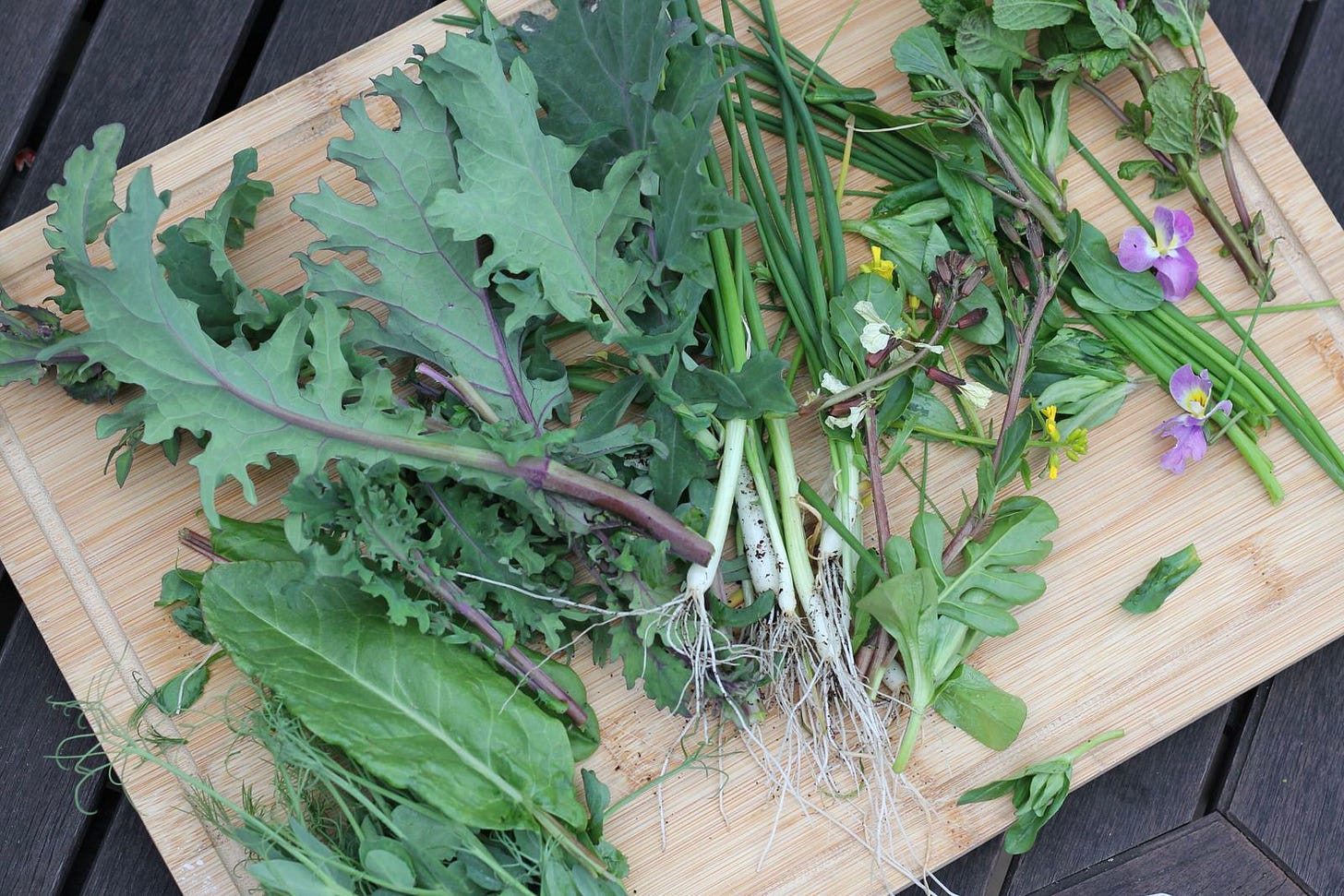
1. What you can sow outside
Sow the following outside - either direct in their final pots or in modules or seed trays.
It's a good idea to get some crops started now (you want your pots full of growing plants!), but there is still a risk of frost this month in some areas (check the last frost date for where you live). These can set back or even kill seedlings. To get round this, I usually sow some now and some in a few weeks - so if the early ones get damaged, I have backups.
In cooler areas, starting seeds in modules or seed trays means you can more easily move them inside if frost is forecast. Seeds will also come up more reliably if you keep them inside until they germinate.
Root veg: I find spring onions/ scallions work particularly well in containers. You can also sow radish, beetroot and carrots now. I like to sow root veg quite close in their final pot and then thin them out (eating the thinnings) as they grow.
Salads: lettuce, rocket / arugula, and most other salad crops. Although salad can be grown most of the year, this is one of the better months to sow it - before it gets too hot. Early in the month, I germinate the seeds in trays inside and let them grow into baby plants before moving them into their final pot outside. Later in the month, I sow the seeds direct in the final containers.
Oriental greens: pak choi, mibuna, mizuna, mustard red giant etc. The best time to sow Oriental greens is after the summer solstice when they are less prone to bolt (flower and go to seed early). But you will often still get a good crop if you sow these early in the month.
Leafy veg: kale, swiss chard, and leaf beat. I sow most of my kale and chard in July to pick in autumn, winter and spring the following year. But a sowing this month is a good way to get nice baby leaves for salads and stir fries in early summer.
Snap peas and mangetout will give you pretty flowers as well as delicious fresh peas - and I always like to grow at least one pot. I find the climbing varieties enable you to grow more in a small space - but you do need to rig up pea sticks or strings for the pea tendrils to cling on to (canes are too thick for them to wrap round).
Potatoes: if you sow 'first early' potatoes this month, you should be able to harvest them before the end of July. A benefit of this is that you can then replant the container with another crop - like runner beans or a courgette / zucchini (ideally sown in small pots in late June) - to grow over the summer.
Herbs: including coriander/ cilantro, chives, parsley, sorrel, and dill. This month and late August are the best times to sow these herbs in my experience.
2. What you can sow inside
Although temperatures are warming this month, you can't sow tender plants (those killed by frosts) outside until the risk of frost is passed. This is usually sometime between mid April and end of May, depending on where you live (search for ‘last frost date in my area’ to find yours).
Tomatoes: you still have time to start tomatoes from seed - sow them as soon as you can - and by the end of the month at the latest.
Runner and French beans: for an early crop, sow some inside now to move outside after the last frosts. Bean seedlings are slugs favourite dish so starting them inside also helps keep them out of their reach.
Courgettes, squash, cucumbers: sow these indoors this month for an early crop. These grow big quickly so check you've got enough space to accommodate them inside until the risk of frost in your area is over.
Herbs: including basil and green perilla (a tasty Japanese herb, a nice alternative to basil).
You need a space with good, bright light to raise healthy seedlings inside. The light inside most homes is marginal. So a good strategy is to germinate seeds inside and then move the baby seedlings outside on warmer, not too windy, days - and bring in again at night. Alternatively, you can save yourself time and bother by sowing most of these crops outside once all risk of frost is over.
3. Other jobs
Do a slug and snail hunt
Slugs are an important part of the ecosystem and a small population won’t usually do too much harm once your plants are established. However, they can quickly decimate seedlings and baby plants so it's a good idea to start the season with as few molluscs as possible.
Before putting your precious seedlings outside, hunt for lurking slugs and snails. Look under pots, in cracks, behind any foliage or stones. Take your collection to the park, give them to a friend with chickens or recycle them in a wormery.
The slug I find hardest to tolerate is the Spanish slug. While most slugs will nibble on leaves, this large, voracious species will eat whole plants in one night. I remove as many as I can find.
Acclimatise plants to conditions outside
'Hardening off' is the term for adapting plants raised inside to the colder, windier, more fluctuating weather conditions outside. You do this by moving plants outside for a few hours each day on warmer days, bringing them in again at night. Don't put them out on cold or windy days unless you can protect them with a cover or cloche.
It isn’t essential to harden plants off - but it’s a good idea and I recommend it (they will also benefit from a boost of light on their trips outside). However, if you need to move plants that haven’t been hardened off to their final pot outside, choose a warmer, less windy day to do it. Some veg, particularly courgettes / zucchini, squash and cucumber hate being moved from a still environment to a windy one if they’re not used to it.
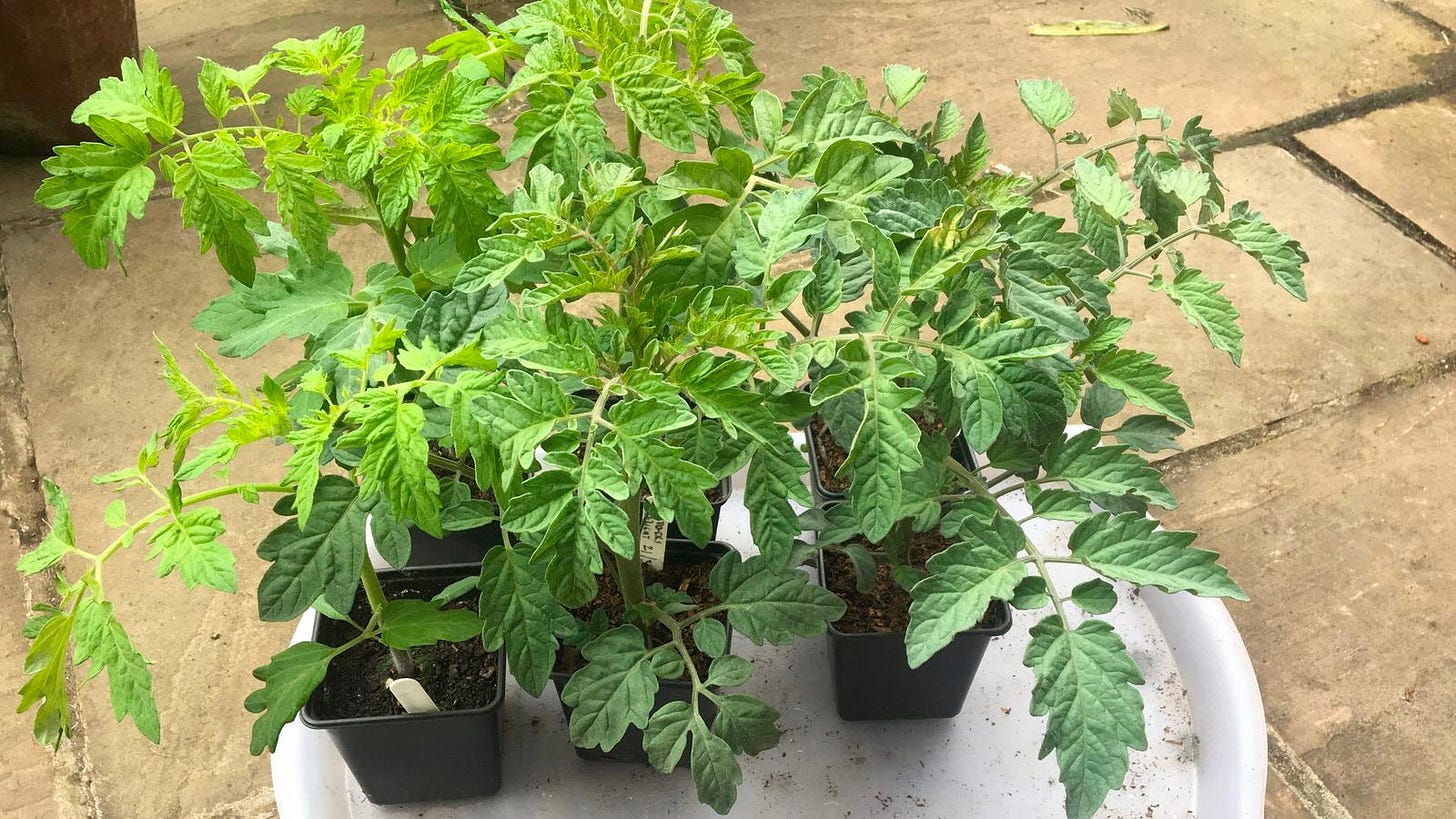
Pot plants on as they grow
When a plant grows too big for its current pot, it needs to be moved into a bigger pot in order to maintain healthy growth. This is called 'potting on'.
How do you know when a plant is ready to 'pot on'? A tell tale sign is when you see the roots of the plants beginning to appear through the holes in the bottom of its pot. Move tomatoes, aubergines and chillies into larger pots filled with good quality multipurpose or potting compost.
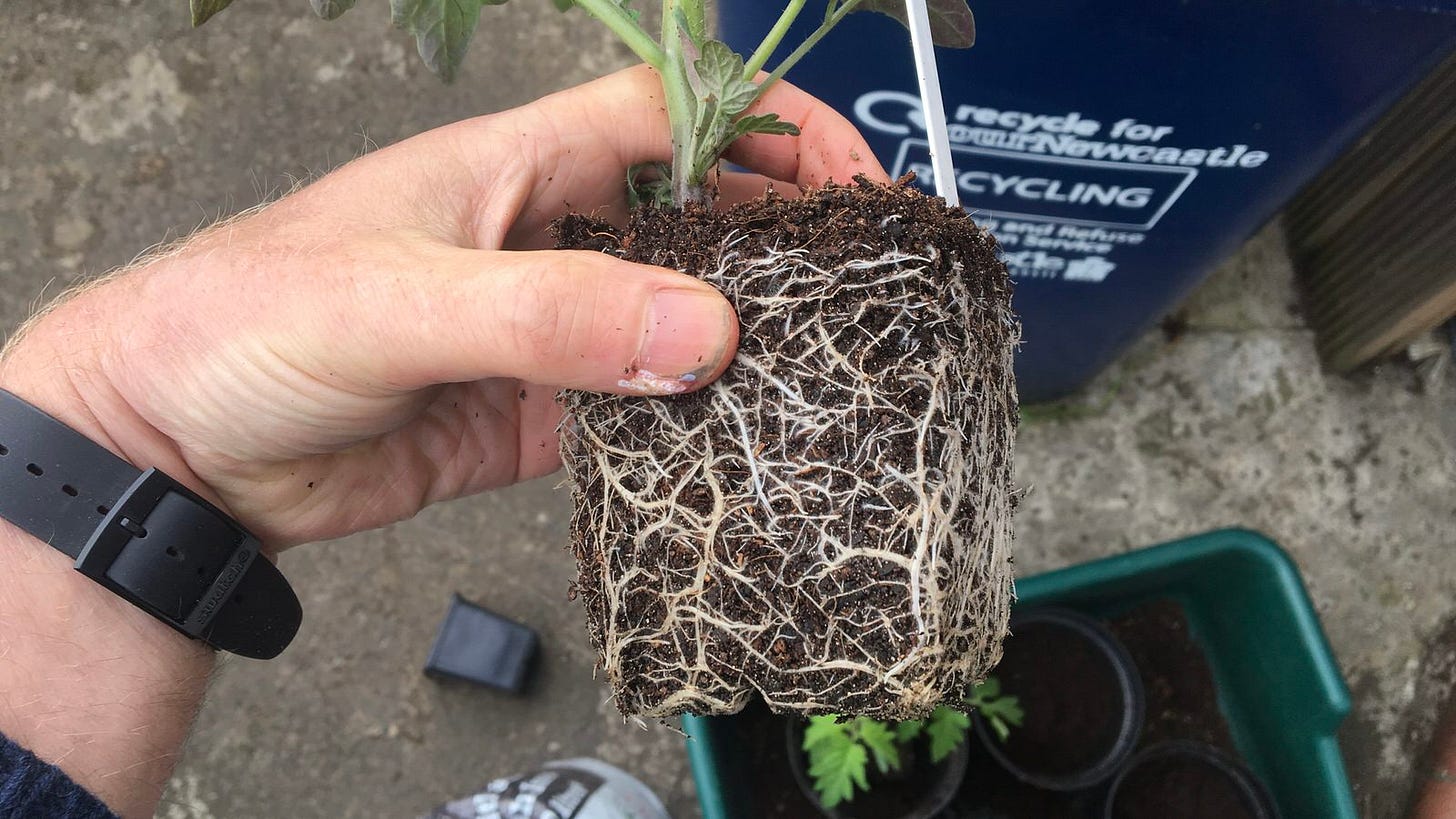
Rejuvenate old compost
You can re-use old compost and grow in it again for several years (I’ve grown tomatoes successfully in the same compost for six years in a row). The nutrients in the old compost will have been depleted so add some fertiliser like worm compost or chicken manure pellets.
Start a wormery
Wormeries are the ideal way to recycle kitchen waste to make top quality compost in a small space. If you're thinking of getting one, the next two or three months are a good time to set one up. It takes time to get a new wormery established - by starting one now, you'll get lots of wonderful worm compost in time for next spring. You can buy a wormery or make your own from a large, strong, UV treated plastic box with air holes drilled in the base.
My upcoming online container gardening courses
How to grow amazing salads in containers - starts 13 May - more info here.
How to set up and run a wormery - and make great quality worm compost - is running again this June, more info here.





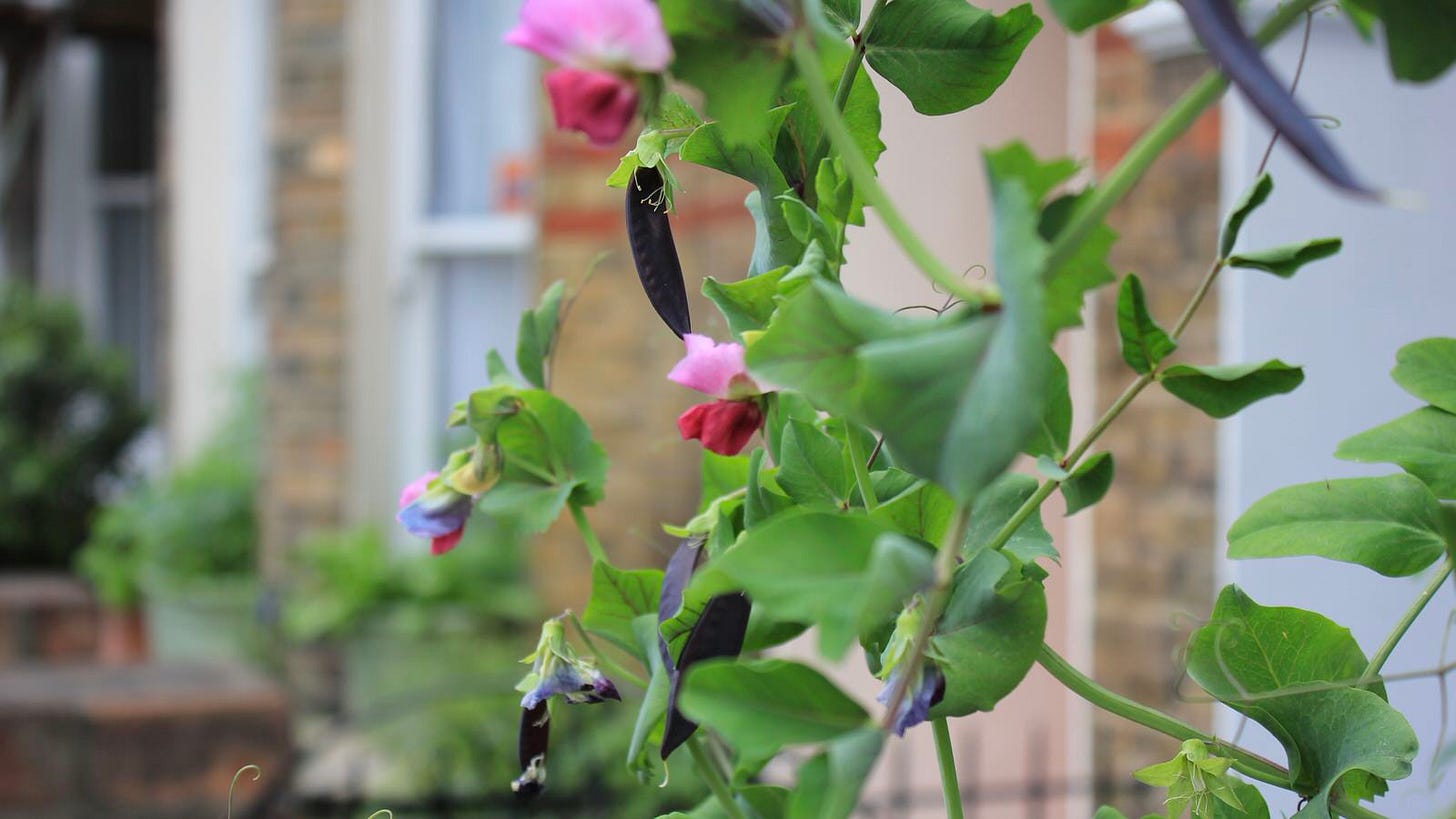
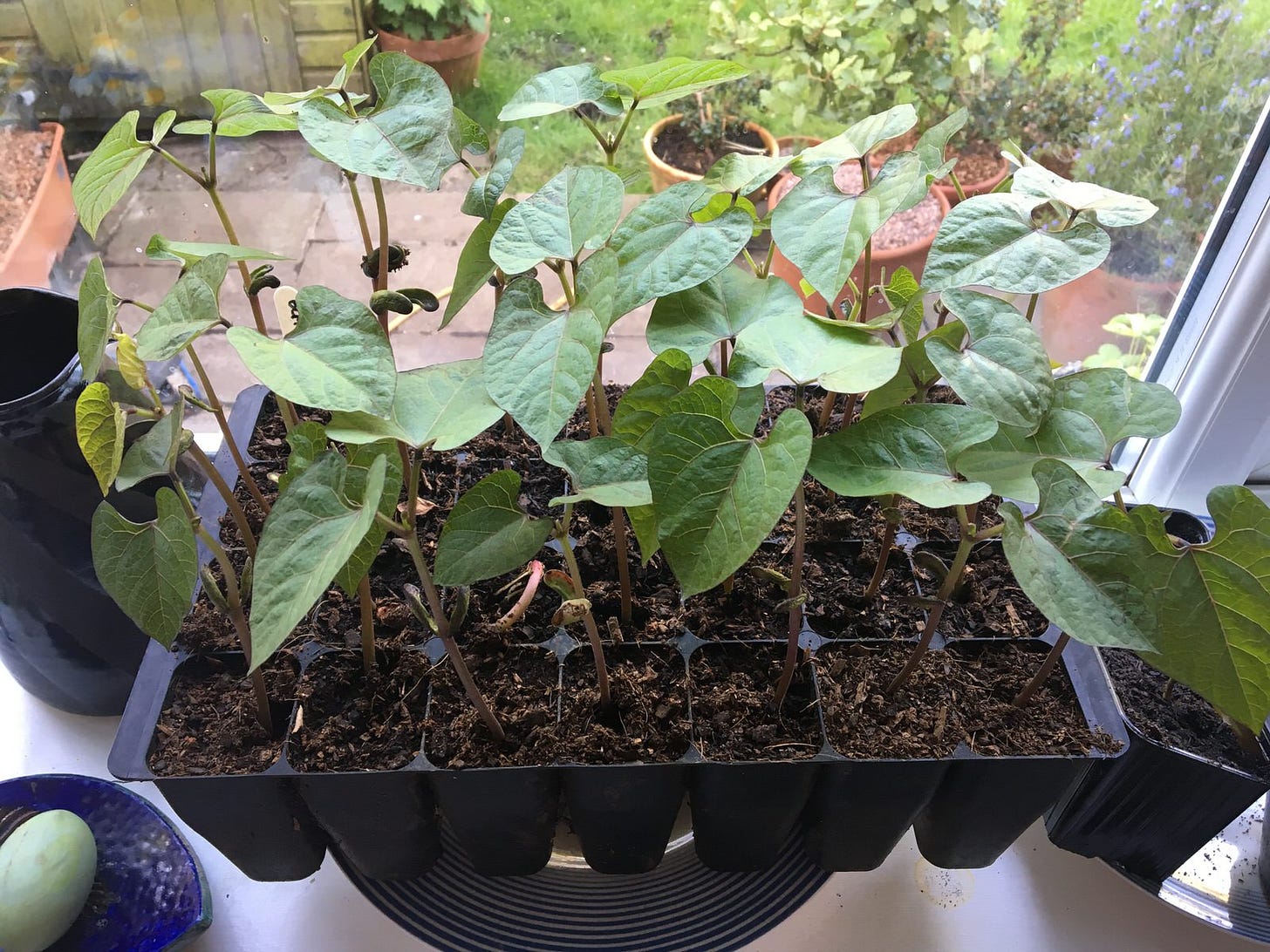
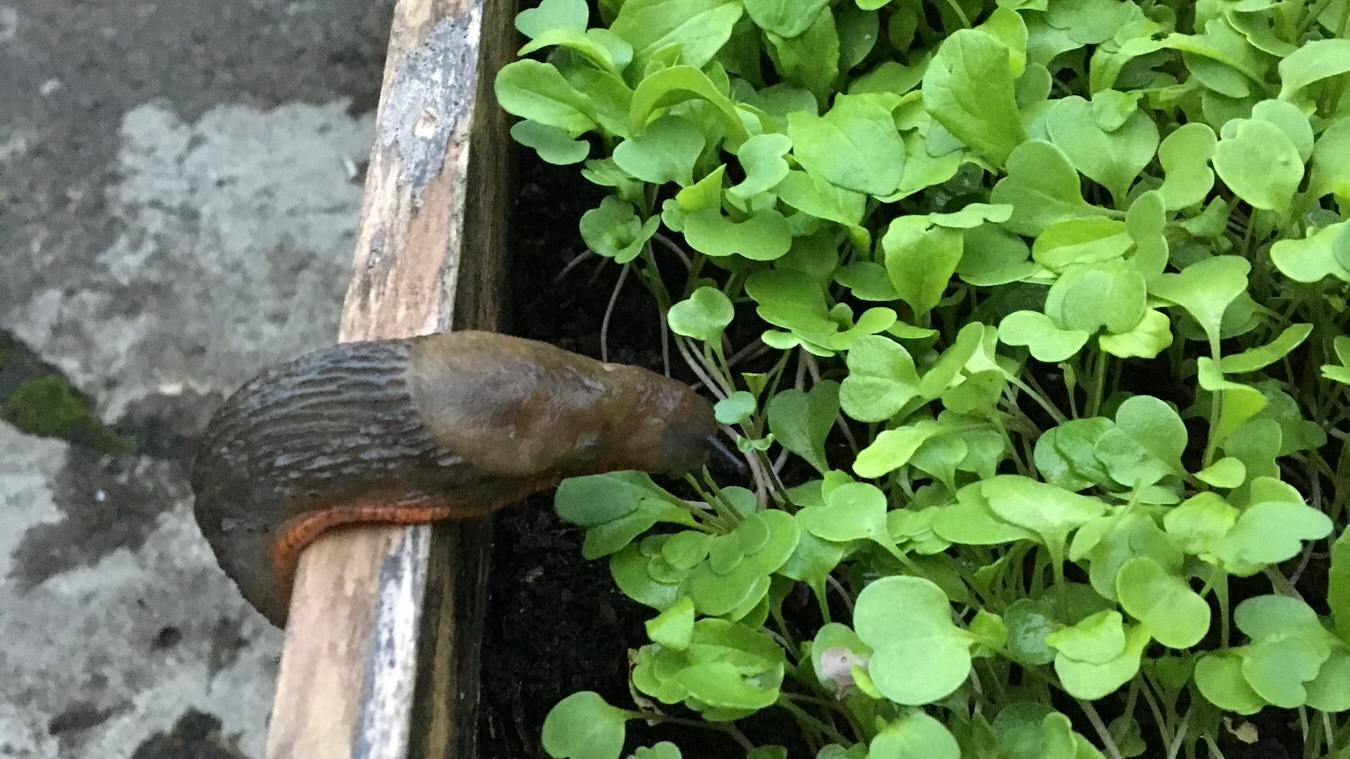
Amazing tips. Thank you!
Great advice for everyone, here. Slugs are a problem for me as well. I will need to be determined this year.